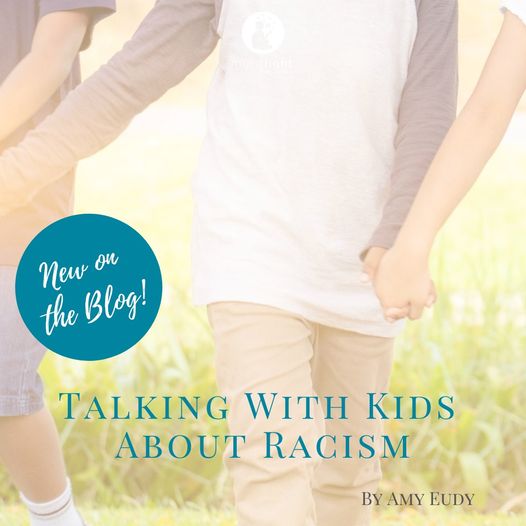So, you have decided to adopt! How exciting for your family! Now that you have decided to grow your family through adoption, you will be faced with many more decisions that will shape your family’s specific adoption journey. One of the myriad of decisions you have ahead of you is whether you are open […]










